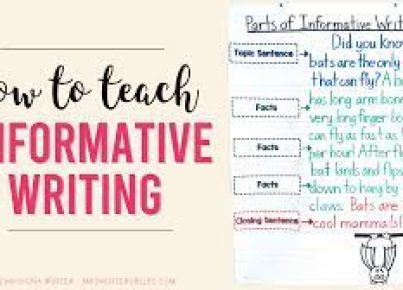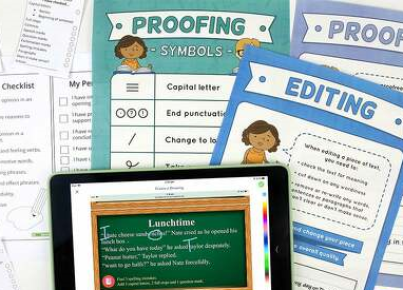Introduction:
Writing an article can seem like a daunting task, especially for students and teachers who are often required to create engaging and informative content. But fear not! This complete guide will walk you through the essential steps to crafting a successful article.
1. Getting Started:
Before diving into your writing, take some time to consider the topic you want to write about. Think about these key elements when choosing a subject:
a. Audience: Who is your target audience? What do they want or need to know?
b. Purpose: What goal or objective do you want your article to achieve?
c. Scope: How broad or narrow is the coverage of your chosen topic?
Once you’ve determined these factors, develop a working title that captures the essence of your piece.
2. Research:
Now that you have a topic, it’s time to gather information. Conduct thorough research on your subject using various sources such as books, articles, and online resources. In addition, make sure to cite your sources appropriately throughout the piece to build credibility.
3. Structure Your Article:
An article typically follows a traditional structure, which includes an introduction, body paragraphs, and conclusion.
a. Introduction: Grab your readers’ attention from the beginning by making sure that your introduction is engaging and provides a brief overview of the topic.
b. Body Paragraphs: Organize your main ideas into thoughtfully constructed sections or paragraphs that focus on one specific point at a time. Use evidence from your research to support each claim or argument.
c. Conclusion: Summarize your main points and provide any final insights or recommendations for further reading or action.
4. Writing Style:
To captivate your audience, utilize these writing techniques:
a. Active Voice: Write in an active voice to create clearer and more dynamic sentences.
b.Revise Jargon: Simplify complex terms and concepts to ensure your readers can easily understand your message.
c. Use clear and concise language: Keep your writing straightforward and avoid unnecessarily long or complicated sentences.
5. Edit and Revise:
Once your first draft is completed, spend some time carefully reviewing and editing your work for clarity, coherence, grammar, punctuation, and spelling errors. Seek feedback from peers or mentors to gain additional perspectives on your writing.
6. Proofread:
Finally, proofread your article one last time to catch any remaining errors or inconsistencies that you might have missed during the editing process.
Conclusion:
By following these steps and practicing diligently, students and teachers can become skilled at crafting articles on a variety of subjects. Remember, the key to effective article writing is a combination of thorough research, clear structure, engaging style, and meticulous editing. So go forth and let your words inspire!




